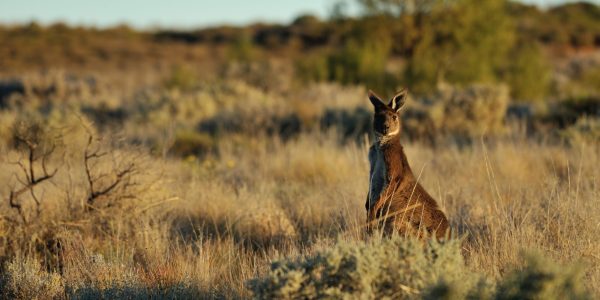Hidden cruelty
Due to the remote locations where commercial kangaroo shooting takes place, there is no effective monitoring of animal welfare. Nobody is tracking how many animals are being wounded but escape, only to endure a long and painful death. The kangaroo industry ‘Code of Practice’ requires that animals are killed by a single shot to the head, but even conservative estimates suggest that more than tens of thousands of the adult kangaroos commercially ‘processed’ each year are not killed in this manner.[1]
An independent assessment of compliance with the Code, carried out by Animal Liberation between 2005 and 2008 identified an average of 40% of kangaroos killed throughout New South Wales and Queensland were shot in the neck, indicating these animals may have suffered a painful death.[2]
Once again, we have a cruel animal industry that continues only because it can operate without public scrutiny. Tonight, while you are sleeping peacefully, out in the Australian bush the peaceful existence of thousands of gentle animals will end violently — for the sake of profit.









